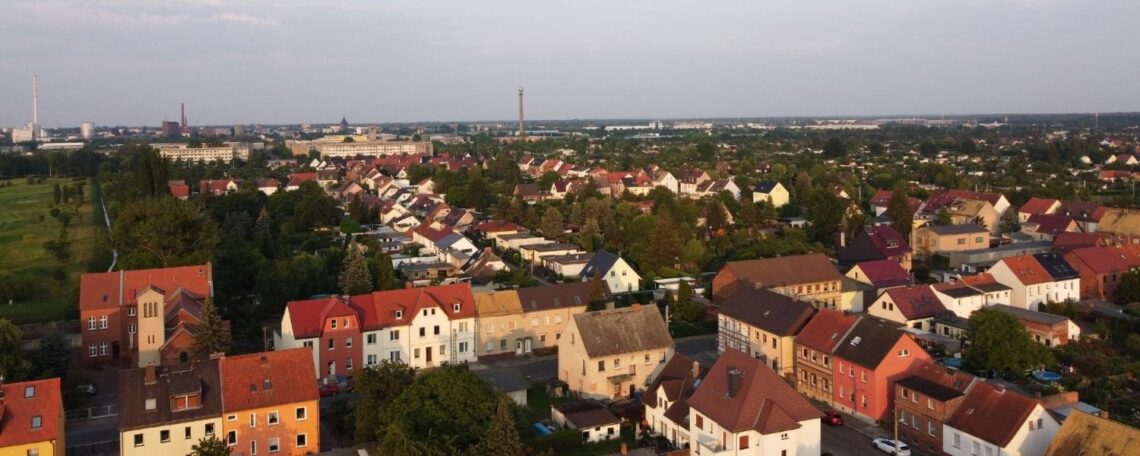If you’re living in Saxony-Anhalt, Germany, completing the German naturalization test (Einbürgerungstest) is a key step towards obtaining citizenship. We’ve translated all the questions and answers in German naturalization test for Saxony-Anhalt into English, while also providing the original German text. Our practice tests closely resemble the official exam, customized for Saxony-Anhalt. Keep in mind that these are just for practice; you’ll need to schedule your official test through your local VHS (Volkshochschule) or another accredited institution.
For more insights, check out our guide: Naturalization test in Germany. To get detailed information on the naturalization process in Saxony-Anhalt, visit the official Saxony-Anhalt state website here.
In addition, don’t forget to plan your vacations by taking a look at the holidays in Saxony-Anhalt.
Saxony-Anhalt citizenship test in English
Please note: The English translations included in the German citizenship test for Saxony-Anhalt are provided solely to help you understand the content. The official test will not include questions and answers in English. The German Citizenship Test questions and answers on this site have been sourced from the official website of the German Federal Office for Migration and Refugees and translated into English. If you wish to take the “Leben in Deutschland” test for a different state in Germany, please return to our states page.
More about the state of Saxony-Anhalt
Before exploring the questions and answers for the German naturalization test for Saxony-Anhalt, let’s briefly introduce the state. The capital of Saxony-Anhalt is Magdeburg, while the largest city is Halle. The state borders Brandenburg to the east, Thuringia and Saxony to the south, and Lower Saxony to the west. It covers an area of 20,000 square kilometers and had a population of 2.2 million in 2019. The largest cities, Halle and Wittenberg, have populations of 232,000 and 50,000, respectively.
Magdeburg is a significant industrial hub with an important inland port, making it crucial for Germany’s economy. Saxony-Anhalt stands out historically, with five UNESCO World Heritage sites, including the cities of Quedlinburg and Eisleben.
The Elbe River flows through Halle, creating fertile land ideal for agriculture. The region is known for producing crops like sugar beets and potatoes, along with various fruits and vegetables. Now, it is the time for citizenship test for Saxony-Anhalt.


